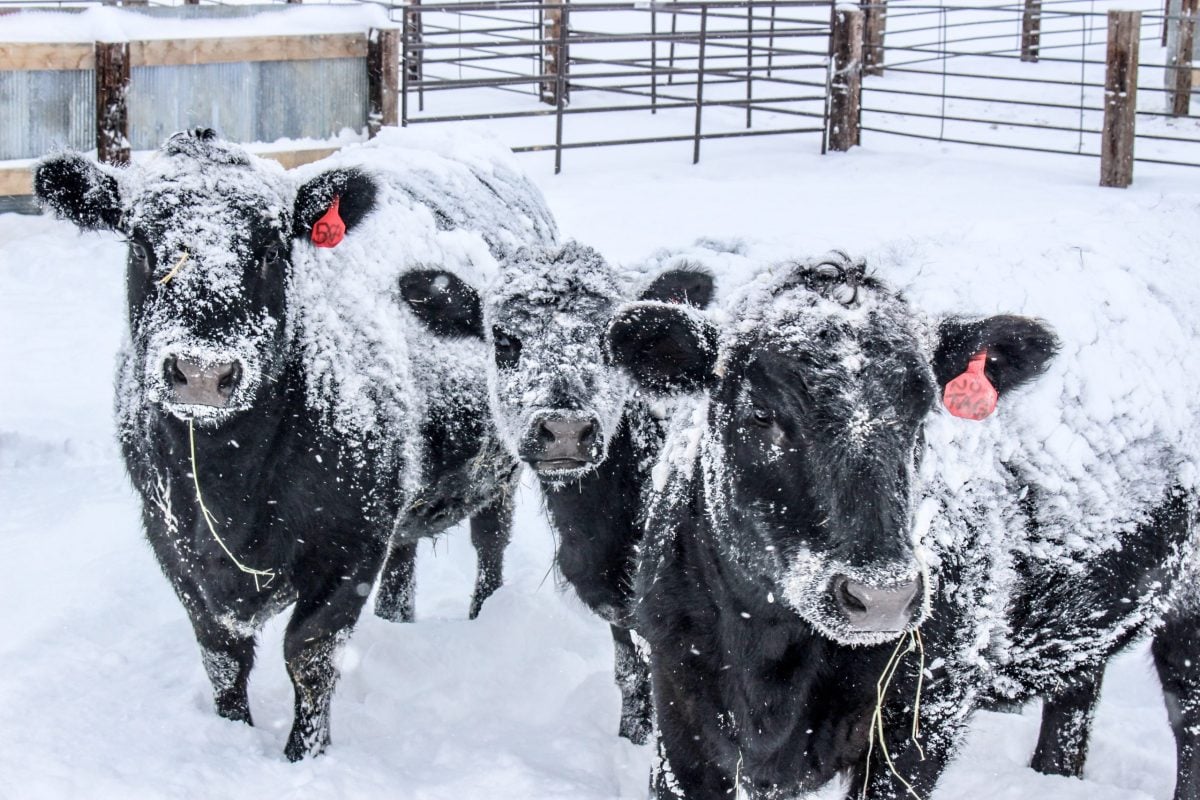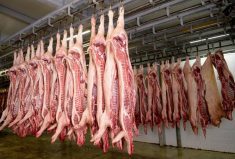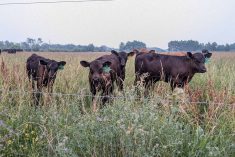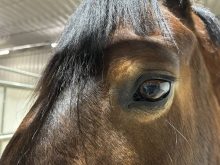The income tax deferrals usually granted to drought-stricken ranchers on their sales of breeding stock will now be extended to livestock producers left waterlogged this year in Manitoba and northeastern Saskatchewan.
Producers in Saskatchewan’s northeast and parts of northern, central and western Manitoba including the Interlake and Westlake regions were hit with excessive moisture and higher than normal precipitations right through this spring, summer and fall, the government said in separate releases Friday.
Excess moisture disrupted or prevented seeding of annual crops, delayed early forage growth and left producers being unable to cut available forage crops. Some were forced to sell part of their breeding herd to readjust the size of the herd to match the availability of feed supplies, the government said.
Read Also

U.S. livestock: CME cattle futures rise on expectations of tight supplies
Chicago | Reuters – Chicago Mercantile Exchange cattle futures climbed on Wednesday as market players anticipated tighter cattle supplies in…
The federal government’s tax deferral option allows eligible producers in specifically-designated areas (see lists below) to defer income tax on the sale of breeding livestock for one year, to help replenish breeding stock in the following year.
To defer income, a producer’s breeding herd must have been reduced by at least 15 per cent. If that’s the case, 30 per cent of income from net sales can then be deferred. In cases where a herd has been reduced by more than 30 per cent, then 90 per cent of income from net sales can be deferred.
Proceeds from deferred sales are included as income in the next tax year, when they can be at least partially offset by the cost of reacquiring breeding animals. If an area is consecutively designated for two years or more, producers can defer sales income to the first year in which the area is no longer designated.
Eligible producers will be able to request this deferral when filing their 2010 income tax returns.
The newly-designated areas have been chosen based on their soil moisture and summer rainfall, supplemented with estimates of forage yield and feed availability.
Final decisions and any “needed adjustments” will follow when all impacts of the excess moisture are known and when forage yield information is available, the government said. Assessments will go on throughout the fall and tax deferral areas could be expanded.
Meanwhile, early designations of eligible areas will help producers make informed decisions about their fall and winter livestock management decisions, the government said.
The 2010 list of Saskatchewan rural municipalities (RMs) in which producers are eligible for the deferral so far includes Aberdeen, Arborfield, Barrier Valley, Bayne, Big Quill, Birch Hills, Bjorkdale, Blaine Lake, Blucher, Buchanan, Buckland, Calder, Cana, Canwood, Churchbridge, Clayton, Colonsay, Connaught, Corman Park, Cote, Cupar, Duck Lake, Dundurn, Elfros, Emerald, Fish Creek, Flett’s Springs, Foam Lake, Garden River, Garry, Good Lake, Grant, Great Bend, Hazel Dell, Hoodoo, Hudson Bay, Humboldt, Insinger, Invergordon, Invermay, Ituna Bon Accord, Kellross, Kelvington, Keys, Kinistino, Laird, Lake Lenore, Lakeland, Lakeside, Lakeview, Leask, Leroy, Lipton, Livingston, Lost River, McCraney, Moose Range, Morris, Mount Hope, Nipawin, Orkney, Paddockwood, Pleasantdale, Ponass Lake, Porcupine, Prairie Rose, Preeceville, Prince Albert, Redberry, Rosedale, Rosthern, St. Louis, St. Peter, St. Philips, Saltcoats, Sasman, Shellbrook, Sliding Hills, Spalding, Stanley, Star City, Three Lakes, Tisdale, Torch River, Touchwood, Tullymet, Usborne, Viscount, Wallace, Willow Creek, Wolverine, Wood Creek and Wreford.
In Manitoba, the list of eligible RMs now includes Alexander, Alonsa, Armstrong, Bifrost, Brokenhead, Coldwell, Dauphin, East St. Paul, Eriksdale, Ethelbert, Fisher, Gilbert Plains, Gimli, Glenella, Grahamdale, Grandview, Hillsburg, Lac du Bonnet, Lawrence, McCreary, Minitonas, Mossey River, Ochre River, Reynolds, Rockwood, St. Andrews, St. Clements, St. Laurent, Ste. Rose, Shellmouth-Boulton, Shell River, Siglunes, Swan River, West St. Paul, Whitemouth and Woodlands.
Areas now designated in Manitoba also include the Valley River (63A) Indian reserve, Divisions 18 (Unorganized, East Part and Unorganized, West Part), 19 (Unorganized) and 20 (Unorganized, North Part and Unorganized, South Part) as well as Mountain (North) and Mountain (South).














